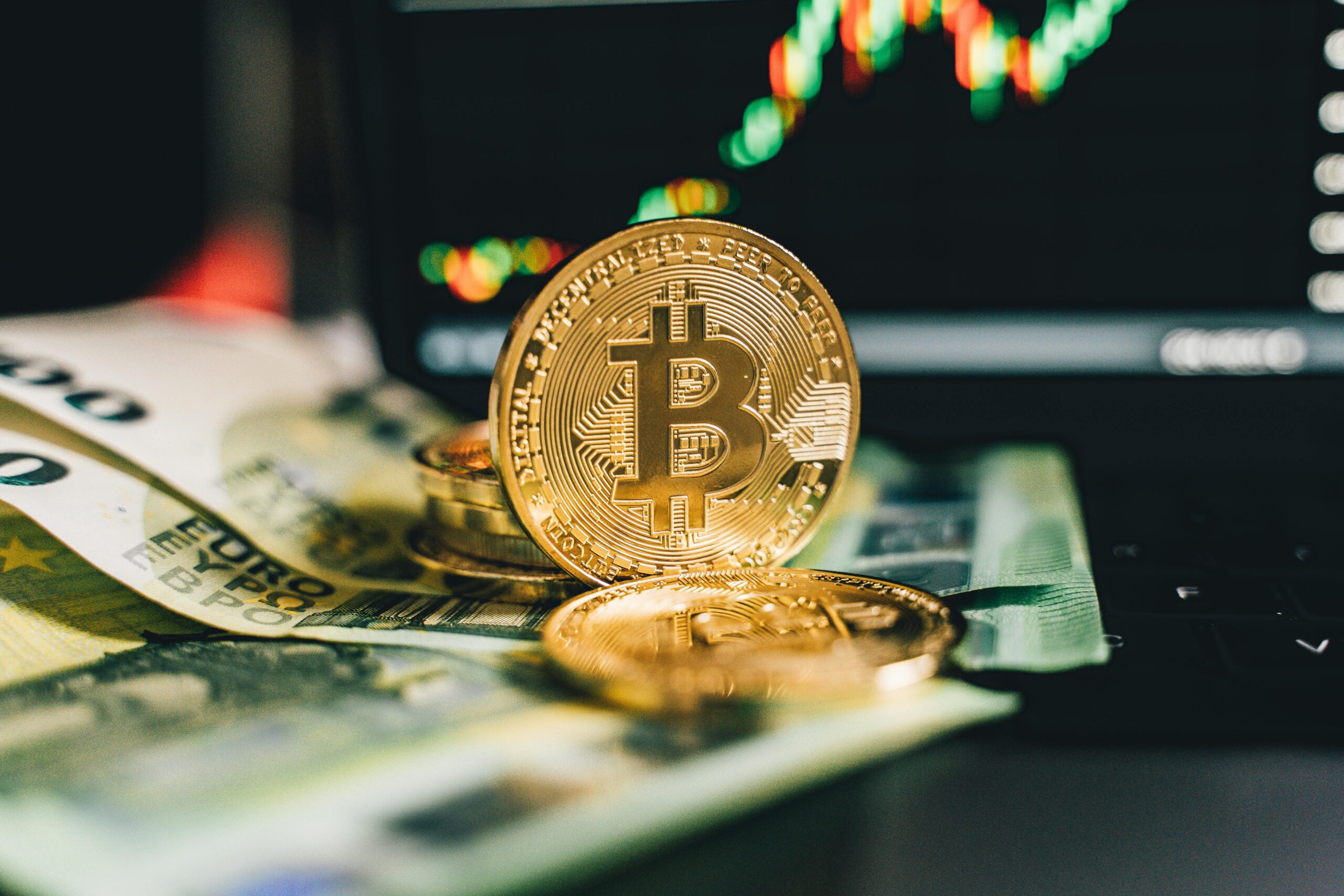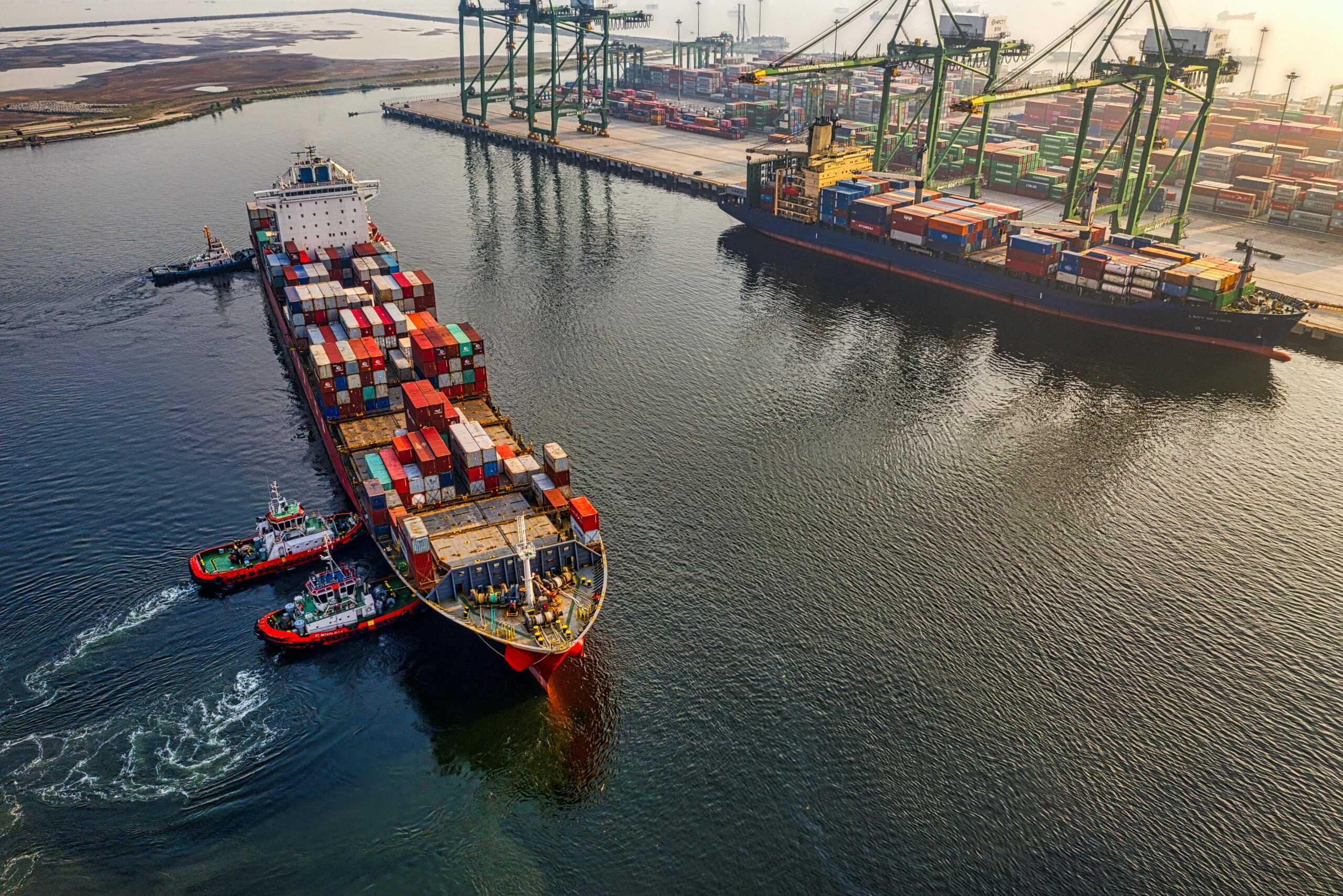Overview
Expanding into international markets is one of the most effective ways for businesses to grow. Whether you are exporting Agri-based products like garlic powder, spices, or packaged foods, or entering global e-commerce platforms, your pricing strategy will determine how competitive, profitable, and sustainable your business becomes.
Pricing for international markets is very different from pricing for your local customers. Exchange rates, import duties, cultural preferences, competitor benchmarks, and logistics all play a role. If your price is too high, you risk losing buyers to cheaper competitors. If it’s too low, you may gain short-term sales but compromise profitability and brand value.
In this blog, we’ll break down the step-by-step process of pricing products for international markets, along with real examples and practical tips.
Why International Pricing Is Different
Unlike domestic sales, international pricing involves multiple cost factors and risks. Here are a few reasons why businesses need a special approach:
- Different buyer expectations – What seems expensive in one country may be cheap in another.
- Currency fluctuations – A small change in exchange rates can impact margins.
- Logistics and shipping – Freight costs vary by distance, weight, and type of product.
- Customs duties & tariffs – Import taxes in some countries can add 10–30% to product cost.
- Local competition – You may be competing against local manufacturers with lower overheads.
Thus, international pricing is a strategic balance between covering your costs, offering fair value, and staying competitive.
Step 1: Calculate Your Base Cost
The starting point is to understand the true cost of production. This includes:
- Raw material cost (e.g., garlic bulbs for garlic powder)
- Processing and labour
- Packaging (bulk sacks, retail packs, labels)
- Overheads (rent, utilities, salaries, certifications)
Formula:
Base Cost per Unit = (Raw Material + Processing + Packaging + Overheads) ÷ Units Produced
Example:
If producing 1 ton (1000 kg) of garlic powder costs $2,000 (including everything), your base cost is $2 per kg.
Step 2: Add Export-Related Costs
International markets bring additional expenses:
- Freight charges (sea or air)
- Insurance
- Export documentation (APEDA, FSSAI, certificates)
- Custom clearance charges
- Bank charges for international payments
Example:
If sea freight + documentation costs $500 for 1 ton, the cost per kg increases by $0.50.
New landed cost = $2.00 + $0.50 = $2.50 per kg
Step 3: Consider Import Duties and Local Taxes
When your product reaches the buyer’s country, import duties, VAT/GST, or customs tariffs may be applied. These charges are usually paid by the importer, but they affect your product’s final shelf price.
Example:
- Garlic powder HS Code: 07129020
- Import duty in Europe: ~12%
- If your export price is $2.50/kg, the importer pays $2.80/kg landed cost.
Knowing this helps you understand how competitive your price will look in the buyer’s market.
Step 4: Study Competitor Pricing
Before fixing your export price, always research global competitors. You can do this by:
- Checking online B2B platforms like Alibaba, Indiamart, TradeIndia
- Reviewing local wholesale markets in target countries
- Studying trade reports from export councils (like Spices Board of India)
Example:
If Chinese garlic powder is selling at $2.40/kg and US-made powder is $3.50/kg, you can safely price your Indian garlic powder around $2.80–$3.00/kg. This makes you competitive yet profitable.
Step 5: Choose Your Pricing Model
There are different approaches to international pricing. Let’s explore the most common ones:
- Cost-Plus Pricing
Add a fixed profit margin over your landed cost.
- Example: $2.50/kg + 25% margin = $3.12/kg export price.
- Market-Oriented Pricing
Base your price on competitor benchmarks.
- Example: If average market price is $3/kg, set yours at $2.90 to win buyers.
- Value-Based Pricing
Charge more if your product offers superior quality, certifications, or packaging.
- Example: Organic-certified garlic powder can be sold at $3.50–$4.00/kg.
Step 6: Factor in Currency Exchange Risks
International trade involves payments in USD, EUR, GBP, etc. Fluctuations can reduce profit.
- Use forward contracts or hedge through your bank.
- Quote in stable currencies (USD/EUR).
- Keep a 2–3% buffer in your pricing to absorb risks.
Step 7: Adapt Pricing to Market Segments
Every market has different customer types. Adjust your pricing strategy accordingly:
- Bulk buyers/wholesalers – Competitive, low-margin pricing.
- Retail/Private label brands – Higher margins (value-added).
- Niche buyers (organic, specialty foods) – Premium pricing.
Example:
- Bulk garlic powder → $2.80/kg FOB India
- Organic garlic powder → $3.80/kg FOB India
- Retail 100g packs (private label) → $5.00–$6.00/kg equivalent
Step 8: Don’t Ignore Hidden Costs
Some often-overlooked costs include:
- Free samples sent to buyers
- Returns or rejected shipments
- Trade fair participation costs
- Marketing & promotion expenses
These should be factored into your annual pricing strategy so you don’t lose money.
Step 9: Offer Flexible Terms
International buyers often look for flexible pricing models:
- FOB (Free on Board): Buyer pays shipping from your port.
- CIF (Cost, Insurance & Freight): You cover shipping till their port.
- DDP (Delivered Duty Paid): You cover all costs till their doorstep.
Offering multiple options builds trust and gives buyers the freedom to choose.
Step 10: Monitor & Adjust Regularly
Pricing is not a one-time decision. Global conditions change often:
- Fuel costs increase shipping rates.
- Currency fluctuations impact margins.
- Competitors adjust their prices.
Review your international prices every 3–6 months and adjust accordingly.
Practical Example: Garlic Powder Pricing
Let’s say you want to export 1 ton (1000 kg) of garlic powder to Europe.
- Base production cost: $2.00/kg
- Export logistics: $0.50/kg
→ Landed cost = $2.50/kg - Target margin: 20% = $0.50/kg
→ Export price = $3.00/kg FOB India - Import duty (12% in EU) = $0.36/kg
→ Final landed cost to buyer = $3.36/kg - Retailers sell at ~$4.50–$5.00/kg → Buyer still earns margin.
This makes your product both profitable & attractive in the target market.
Common Mistakes to Avoid
❌ Quoting the same price for all countries without research
❌ Ignoring hidden costs (samples, promotions, delays)
❌ Setting very low prices just to win orders → hurts long-term brand image
❌ Not protecting against currency fluctuations
❌ Overlooking certifications – buyers pay more for quality assurance
Final Thoughts
Pricing your products for international markets is not just about adding a margin to your local price. It’s about understanding your costs, your competition, your buyer expectations, and global market dynamics.
The golden rule:
👉 Price to stay competitive
👉 Ensure profitability
👉 Build trust & long-term buyer relationships
If done strategically, your pricing will not only help you win buyers but also position your brand as a reliable global supplier.



